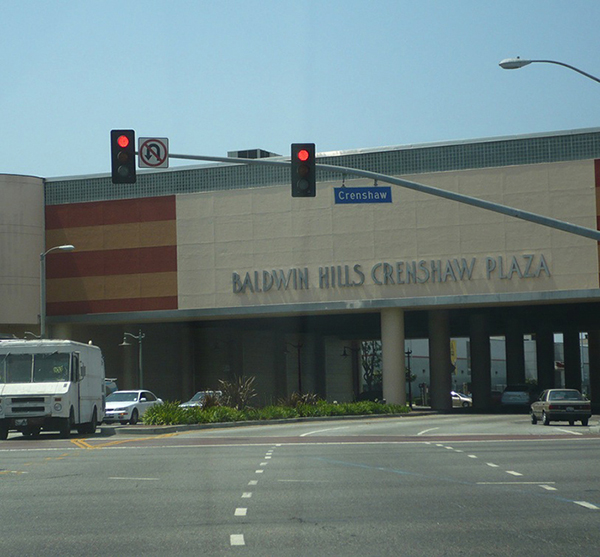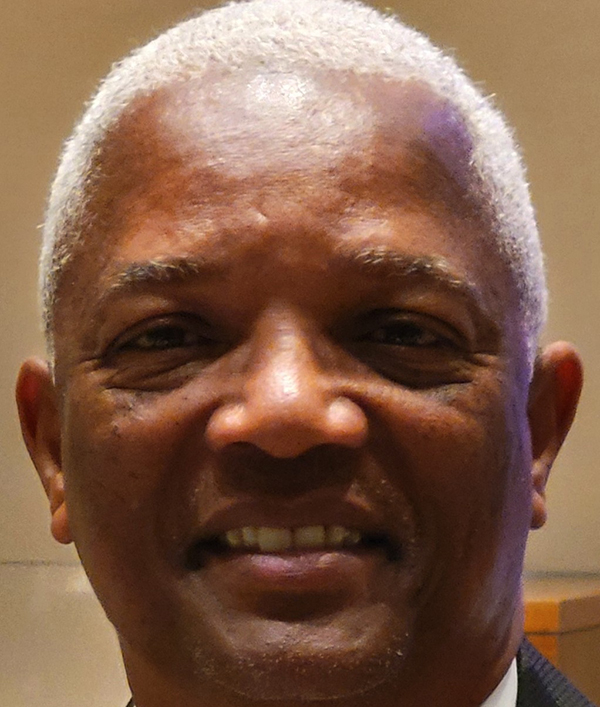By Earl Ofari Hutchinson
Contributing Columnist
I had some time to kill before the start of the evening screening of “King Richard” at the Rave Theaters, so I decided to take a stroll through the Baldwin Hills Crenshaw Plaza. I hadn’t been to the mall in ages.
There’s only one word that comes to mind from what I saw in the mall. The word is shocking.
Half the stores were empty. The food court also was half-closed. There were only a handful of center walk aisle kiosks.
I say shocking to describe the near ghost town look of the mall because I still have many fond memories of the mall as the one-time bustling, and socially vibrant and viable centerpiece of Los Angeles’s African-American community going back in time.
The explanations for the seeming demise of the mall are many. Amazon and online purchasing have made malls are outdated. COVID, the long abandonment of Black middle-class shoppers to trendy, upscale malls, discount big box store competition, and just simply mall shopping fatigue also have taken hold.
Then there was the battle over the sale of the mall. The moment that various outside mega developers said they wanted the mall the fight was on. There were familiar charges.
It was a naked money-making grab by outsiders. It would jack up rents for struggling small Black-owned businesses. It would usher in a rash of chic, high-priced new housing for mostly young upscale whites.
It would drive even more lower-income, working-class out of their community. It would continue to send the wrong signal that inner-city Black neighborhoods are ripe for major outside development dollar pickings.
Outside developers said just the opposite. They claimed that their purchase of the mall would boost minority-owned businesses, spur economic growth and provide quality retail outlets and restaurants for the Crenshaw community. Eventually one would win out.
The Harridge Development Group, a Beverly Grove-based outfit, after much rancor finally was the bidder chosen. The price tag was $140 million. Harridge promised to remake the mall into a classy showpiece of mixed-use commercial, offices and hundreds of multi-family housing units. The remake will take years and will easily top $1 billion.
So the dangling question is since Harridge depicts itself as the savior of the mall, is it really the answer to the economic revitalization of housing and business in South L.A.? Or is it just another case of a deep pocket developer coming in from outside grabbing the plum piece off commercial real estate in South L.A. at relative bargain rates to make a buck at the community’s expense?
There’s no easy answer to this. Certainly, the always contentious issue of gentrification can’t be ignored in trying to sort things out.
Gentrification didn’t start in the late 1990s with young whites pouring into mostly Black and poor neighborhoods in America’s central cities and buying up rundown houses and apartment buildings, raising rents and home prices and driving the Blacks out. Or developers hungrily eyeing prime commercial space and land in neighborhoods
The Urban Land Institute in the first major study on gentrification in 1976 found that a rising number of big cities experienced some form of gentrification. There were lots of new rehabilitated housing and apartments in almost all cases occupied by affluent, educated young professionals. The report noted that the newcomers were “establishing a new investment climate.”
That was not lost on investors and developers who see bigger profits to be made selling to the young affluent whites interested in moving back into those areas. It didn’t take long for the first rumblings of protest to be heard.
The rumblings came from residents and community activists. They demanded to know what about the folk who live in these neighborhoods? What happens to those who can no longer afford homes and apartments there?
There were warnings that the transformation had consequences, mostly dire for those residents and for cities. There would be even more distinct areas carved out for the rich and poor, this time not out of the city, but within the cities.
There was scant, if any, attention paid to the effect of the makeover of those areas on the increasingly displaced Blacks and Hispanics, and the poor in what were fast becoming nouveau rich neighborhoods. Instead, there were countless articles and stories and features on the lifestyles and habits of the new urban elite in these neighborhoods. The words “increased poverty,” “displacement” and “racial disparity” were nearly totally absent from the gentrification conversation.
Developers, of course, repeatedly cite the supposed benefits: more jobs, a spur to businesses, more and better housing, schools and services and spruced up public space.
Harridge’s purchase of the Baldwin Hills Crenshaw Plaza is set hard against the backdrop of class and race, and the rapidly changing demographics of America’s cities. Good or bad?
Time as always will tell. What my stroll through the mall did tell me though is that the mall for a long time to come sadly will continue to look like a ghost town.
Earl Ofari Hutchinson is an author and political analyst. His forthcoming book is “Duped — The GOP’s Lock on America’s Underclass” (Middle Passage Press). He also is the host of the weekly Earl Ofari Hutchinson Show on KPFK 90.7 FM and the Pacifica Network Saturdays at 9 a.m.










